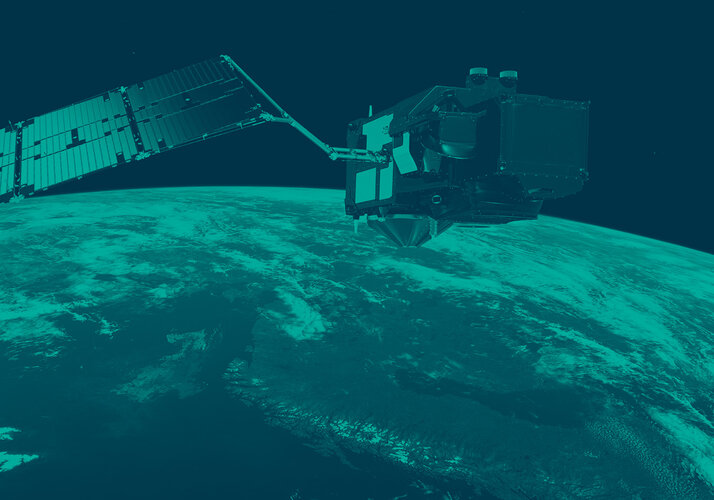Estonia’s first contract with ESA focuses on ocean health
Estonia has been awarded its first contract since becoming an ESA Member State in 2015. Over the next three years, scientists from Estonia’s Tartu Observatory will head an international team to ensure that Sentinel-3’s measurements of ocean colour are of the highest quality possible.
More than ever, measurements from satellites are being used for applications to improve everyday lives and for scientific discovery. It is essential that the integrity of these measurements is maintained to international standards.
ESA therefore goes to great lengths to ensure that this ‘behind the scenes’ quality-control work – in the form of instrument calibration and data validation – is carried out before a satellite is launched and throughout its life in orbit.
However, maintaining accurate and traceable ground-truth measurements is a major challenge for ocean-colour instruments, demanding detailed characterisation and extensive international collaboration.
Estonia’s Tartu Observatory is now piloting new approaches to control the quality of measurements taken over the oceans by Sentinel-3’s ocean and land colour instrument.
Their work involves developing measurement procedures and protocols, and traceable comparison experiments – both in the observatory’s laboratories and through work out at sea.

Director of the Tartu Observatory, Anu Reinart, said, “This new project builds on international collaboration that goes back to when we were part of the validation team working on MERIS data from Envisat, so we feel that our skills and experience have certainly been acknowledged.
“We are extremely proud to lead our country’s first contract with ESA. Importantly, most of the infrastructure we use such as laboratories and equipment is thanks to European funding, so this new contract allows Estonia to give something back, especially since our results will now support Europe’s environmental Copernicus programme.”
Over the oceans, Sentinel-3 provides information to monitor, for example, concentrations of algae, suspended matter and chlorophyll.
This information can be used to predict harmful algal blooms, which is particularly relevant in the Baltic Sea, where extreme blooms are a significant problem.
The health and vulnerability of marine ecosystems is fundamental to our knowledge of ocean productivity and, in turn, fish stocks.

Sentinel satellite data can help to manage these resources more efficiently. Sentinel-2 provides high-resolution measurements in coastal regions, complementing those from Sentinel-3.
ESA’s ocean scientist, Craig Donlon, said, “We welcome Estonia as a new Member State and are pleased to see Tartu Observatory taking a prime role to spearhead the new generation of fiducial reference measurements for ocean colour that lie at the very heart of data quality from the Sentinel satellites.
“Building on their role in the Envisat era, our Estonian colleagues will now help to ensure Sentinel-2 and Sentinel-3 will provide the best ocean-colour measurements for Copernicus services and downstream activities.”










